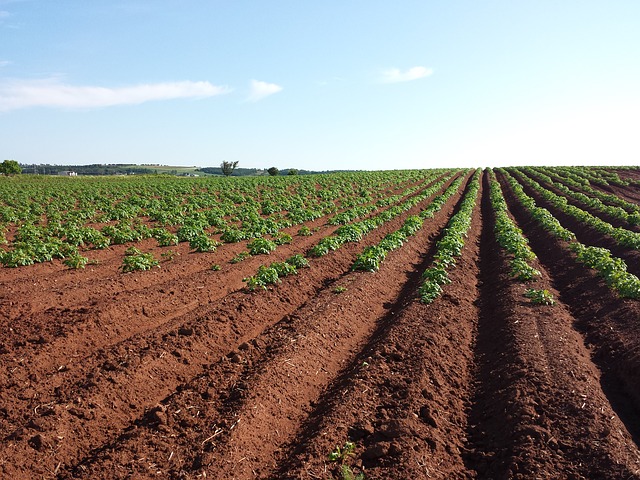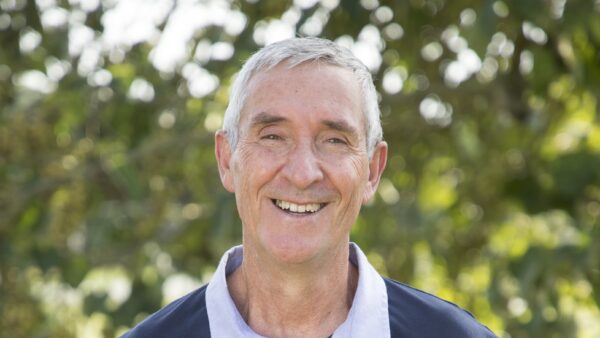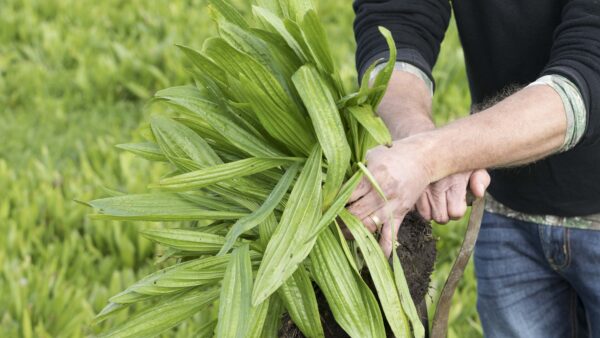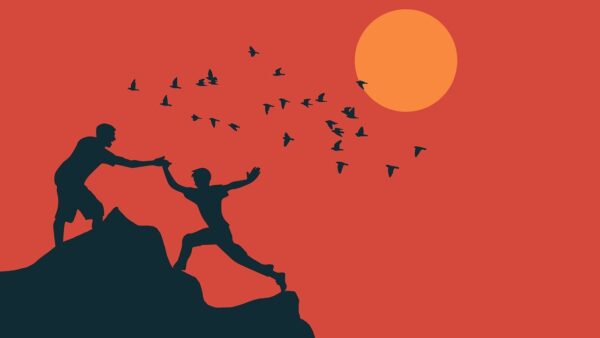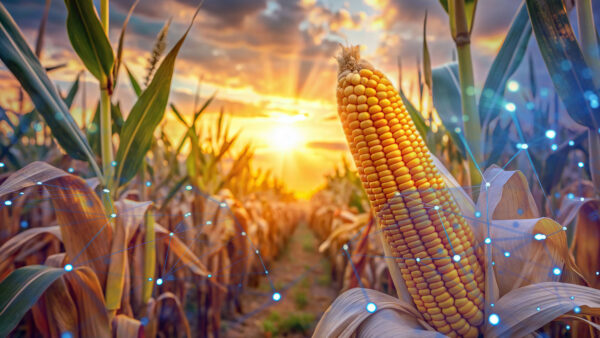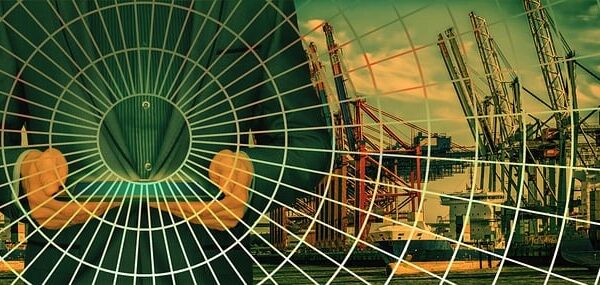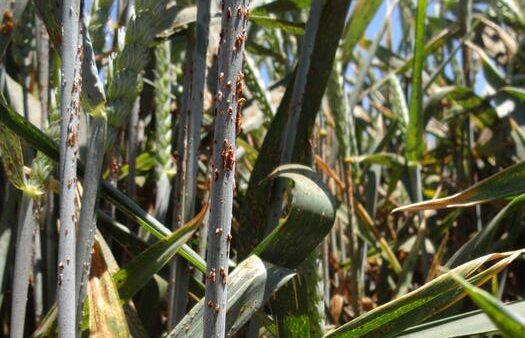Coming off of a hard growing season and with increasing production costs, European potato acreage may fall in 2022.
It’s been a challenging few years for potato growers in Europe. Between the pandemic, heat waves and floods in parts of Europe, and rising production costs, it hasn’t been easy to make a profit growing spuds.
“The real problem this next year is going to be more about the supply of it rather than demand of it. In the beginning the pandemic it was all about demand and lack of demand. Whereas now it’s probably going to be about lack of supply,” Cedric Porter, editor of World Potato Markets, explains in a Zoom interview.
Overall, potato production in the North-western European Potato Growers (NEPG) region fell by 24,000 hectares to 498,000 hectares in 2020. A humid growing season and a delayed harvest led to good to average yields, however net yields were lower due to losses in fields due to water damage and physiological problems.
“This summer was cool and wet, so the potatoes bulked more. We have more potatoes, but at the same time, in some regions or some countries, spring was quite cold, much colder than usual, and with less sun, I think the differences between fields, countries, varieties are higher,” Daniel Ryckmans, NEPG secretary, says in a Zoom interview.
The variability in the growing season also led to pest and disease problems across Europe.
“We’ve had a sort of season where there’s been quite a lot of blight around, there’s been quite a lot of diseases, and quite a lot of pests. So, what has happened is that yields have sort of been average, on field yields if you like, but there’s the gross yield, when you’ve taken out the waste, some of the problems and things settle down quite a lot,” Porter explains.
The pest and disease problems have led to wider rotations in fields across Europe, and with land at a premium there are less fields available to plant spuds. Countries such as Belgium and Holland are growing potatoes on as many fields as they can with little opportunities to add more. However, potato area in France is increasing rapidly as new regions have started planting spuds.
Surging Production Costs
Potato production costs are on the rise across Europe for several reasons. The European Union chlorpropham’s (CIPC) usage wasn’t renewed meaning potato growers could no longer use it for sprouting control in storage starting in 2020. Growers have been forced to use other sprouting controls which has increased storage costs.
Agricultural costs are also rising overall for farmers internationally with fertilizer costs on the rise. Coupled with high land costs in Europe, and rising selling prices for other commodities, many growers are looking at planting other crops instead of potatoes to make larger profits.
“There’s a real sort of temptation to grow fewer potatoes because you’ve got a much higher costs, take less risks and get really good wheat prices. Rather do that than have the high risk of growing potatoes,” Porter explains.
In Europe not as many potato acres are contracted for sale before planting as they are in North America. This means potato growers are taking more of a risk growing spuds than their counterparts across the pond. Porter explains as least 30 per cent of European potatoes annually are free market, which he expects will make growers even wearier of planting extra spud acres this year.
“Potatoes in Western Europe is always a combination of offer on demand, contract and free buy. And then for the first time in the last years, an influence of cereal prices, because the last year cereal prices were low,” Ryckmans says. “Now, because the prices are good, they could end up sowing more winter cereals.”
Porter expects there may be a small cut in potato acreage with an increase unlikely. The NEPG is predicting contract prices for the 2022/23 growing season will need to increase by three to four euros per 100 kg for growers to consider planting potatoes. If this doesn’t happen NEPG expects potato area reductions will happen.


